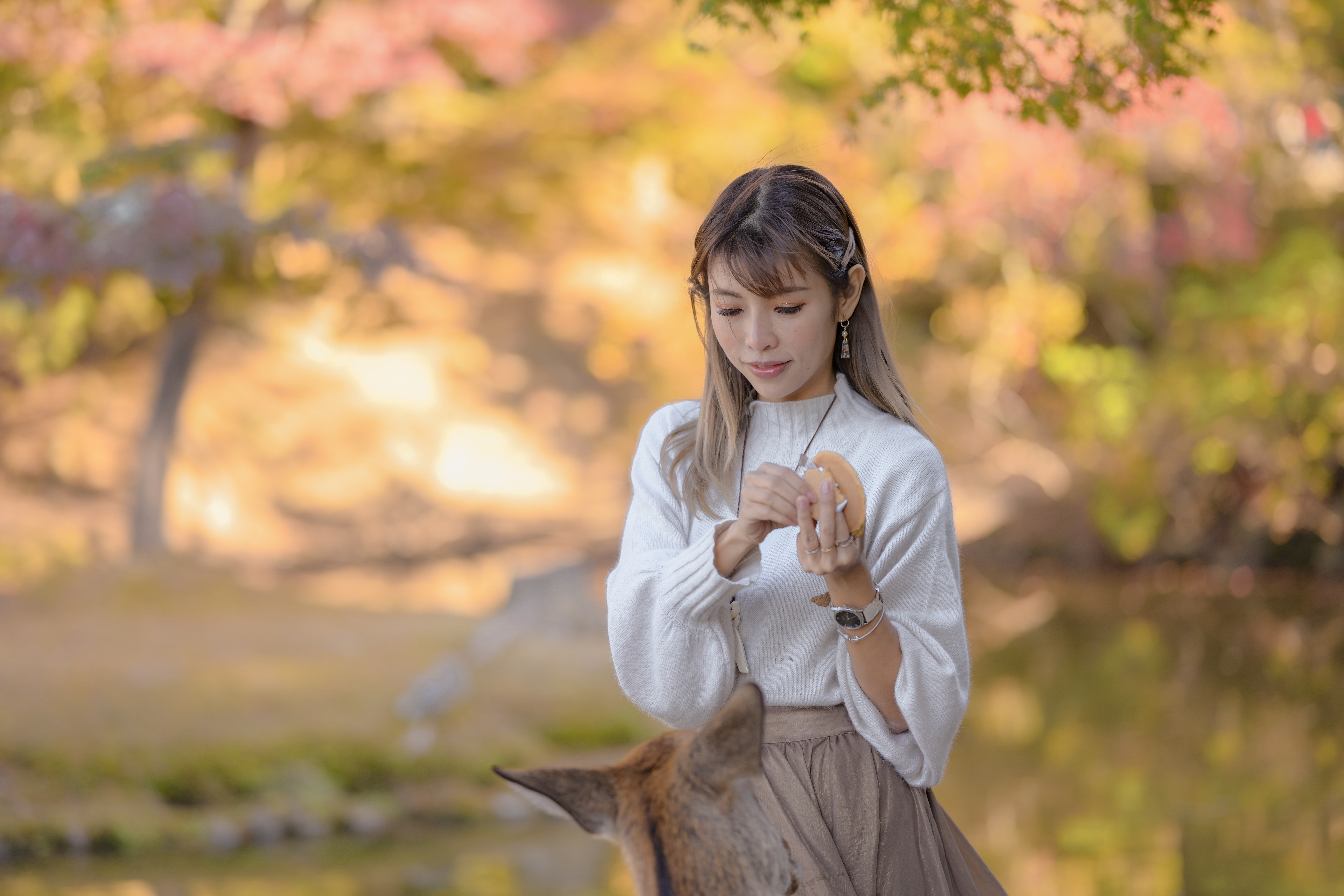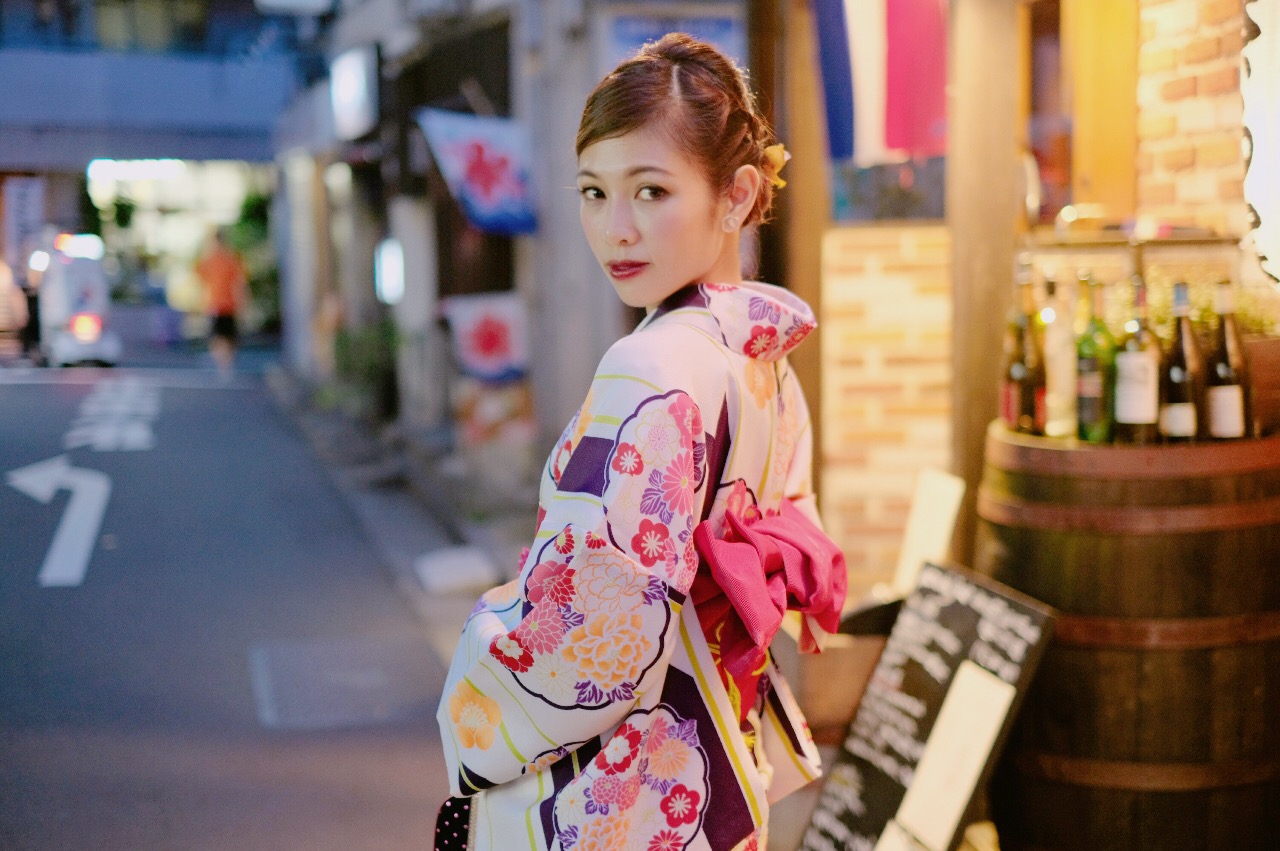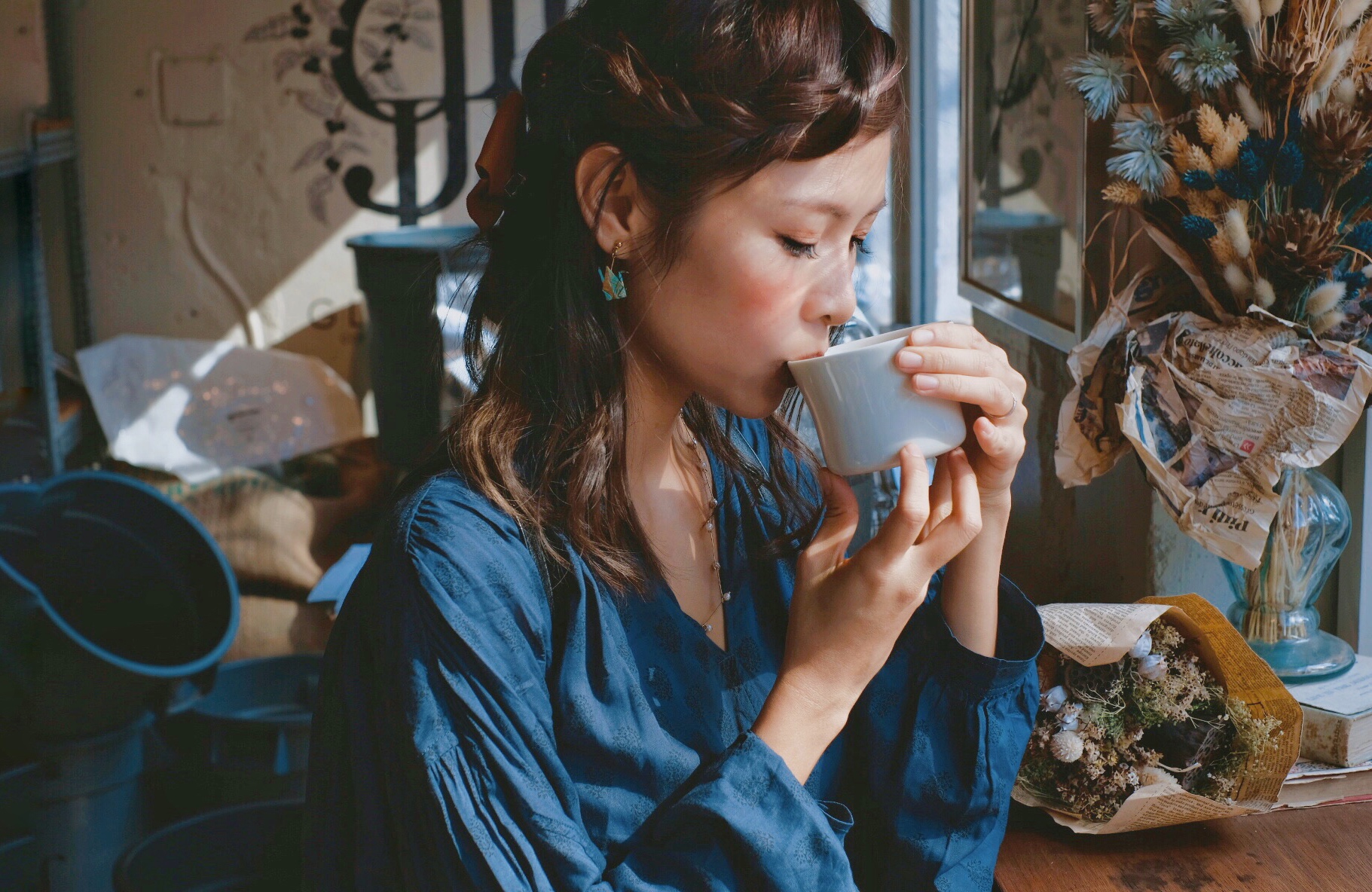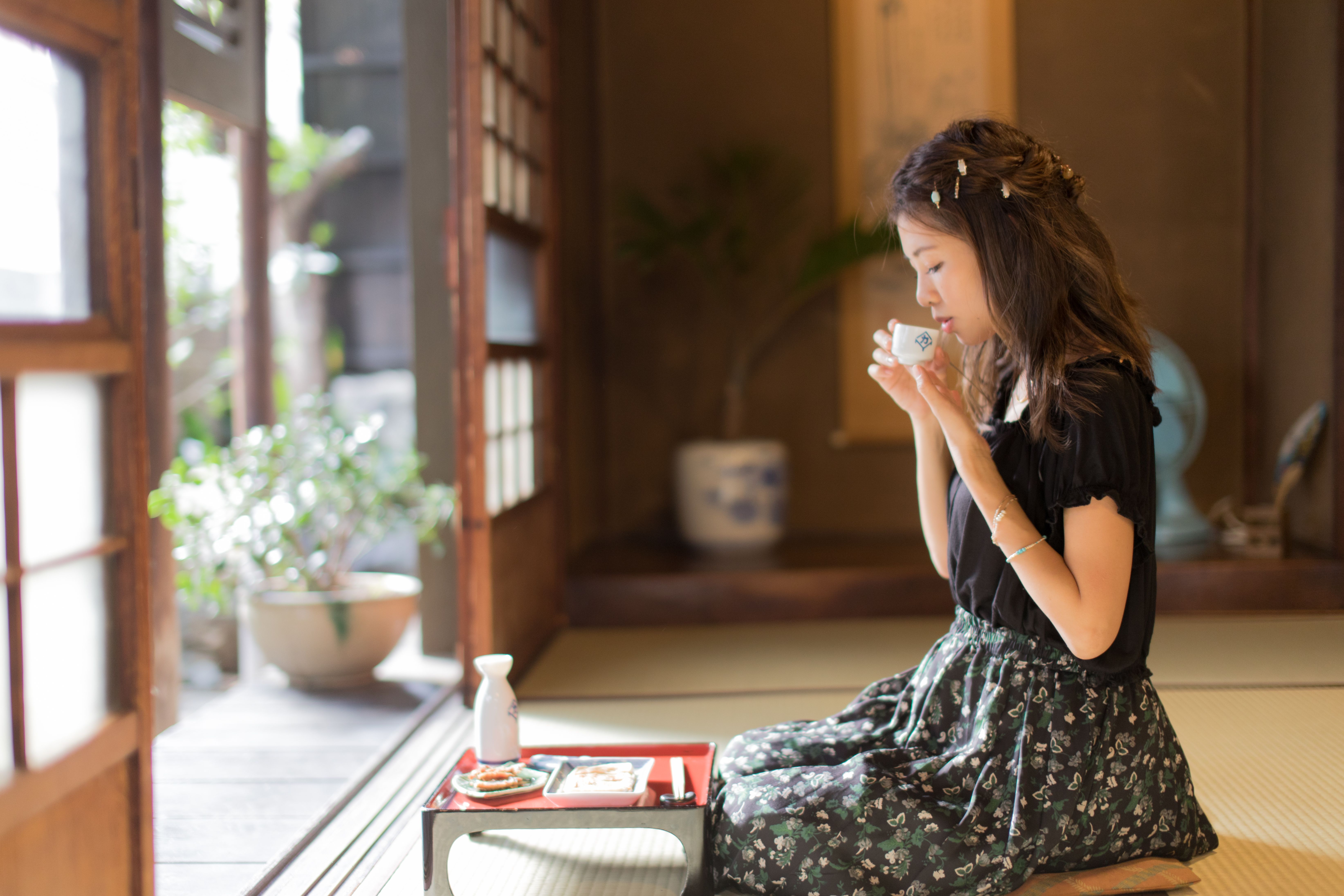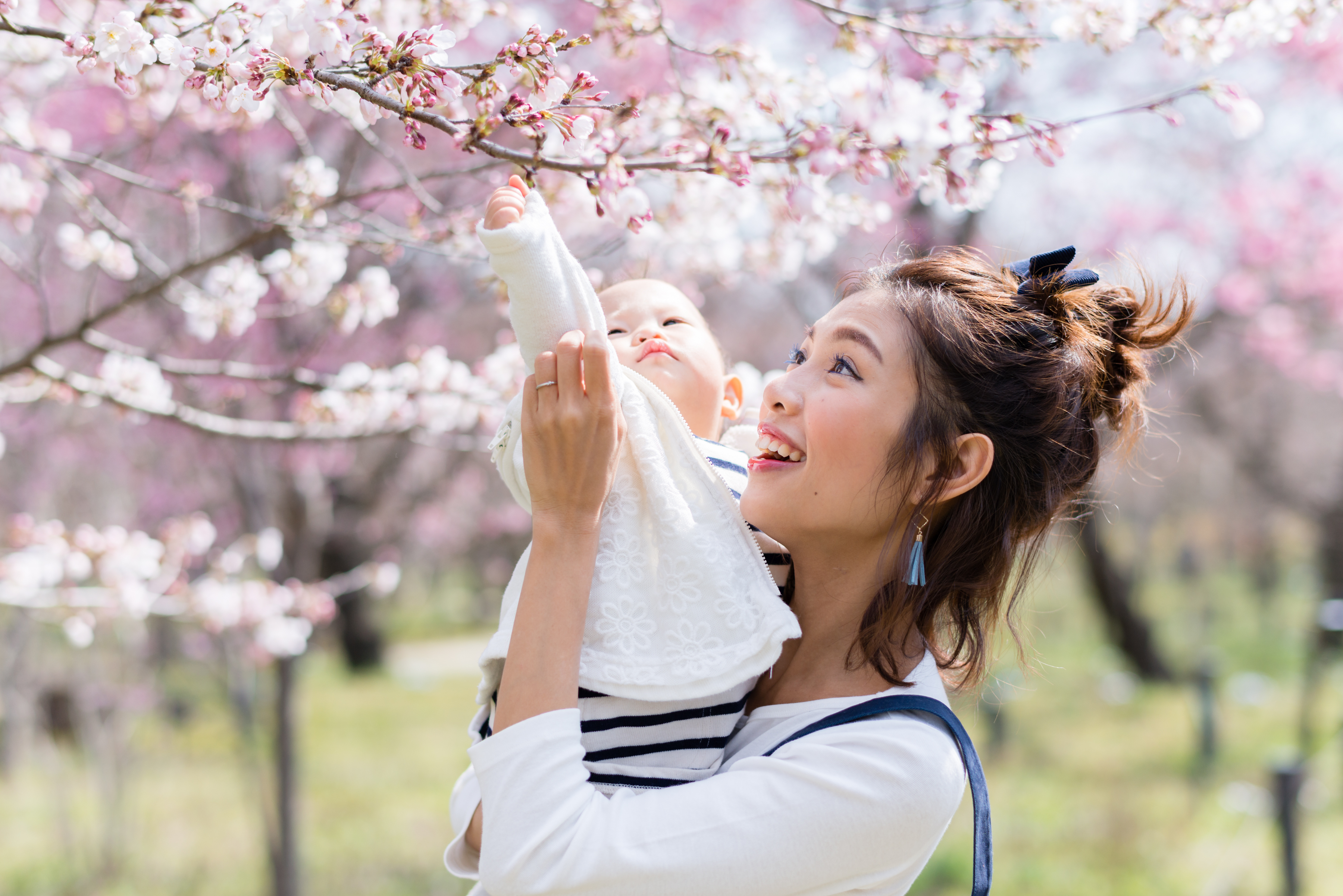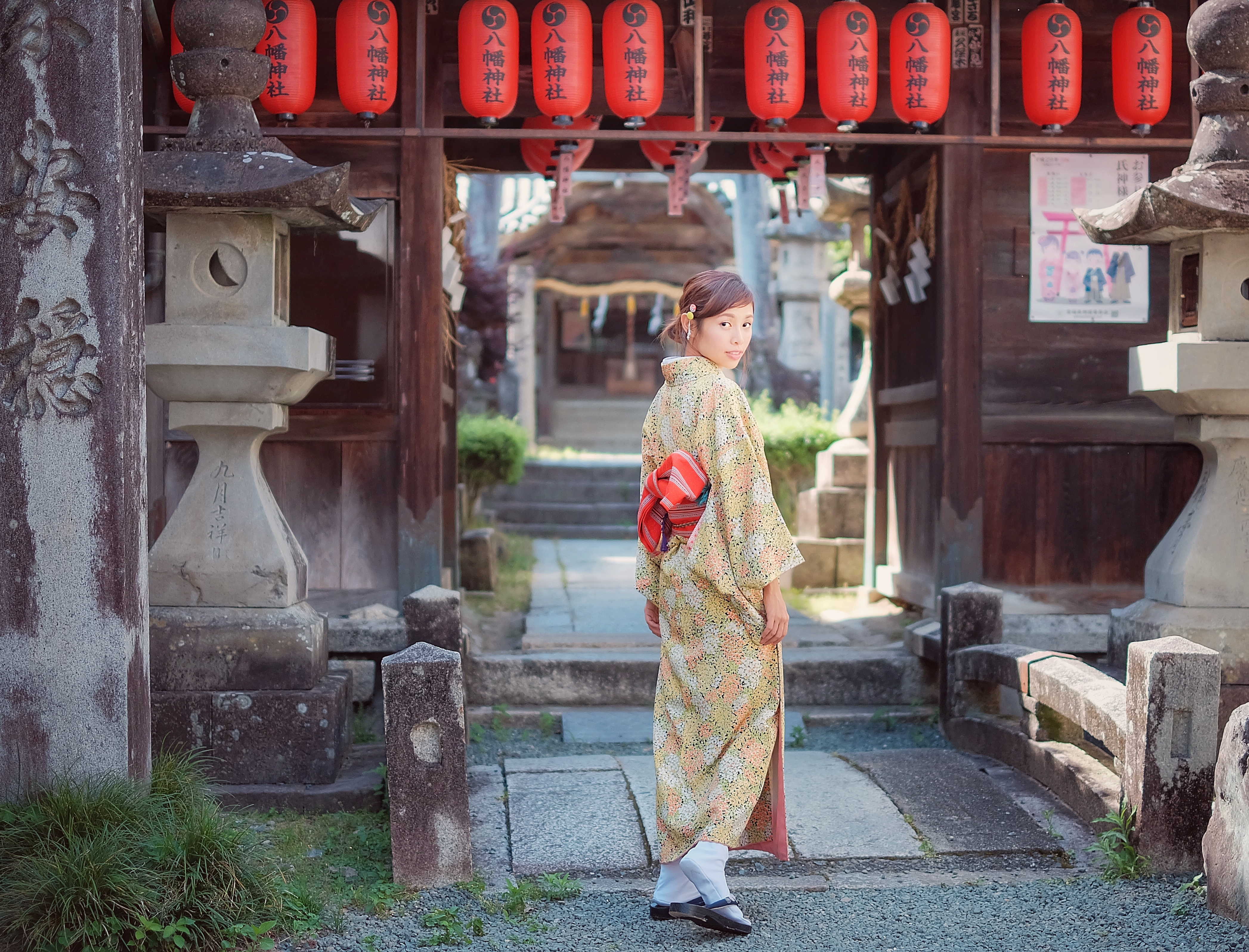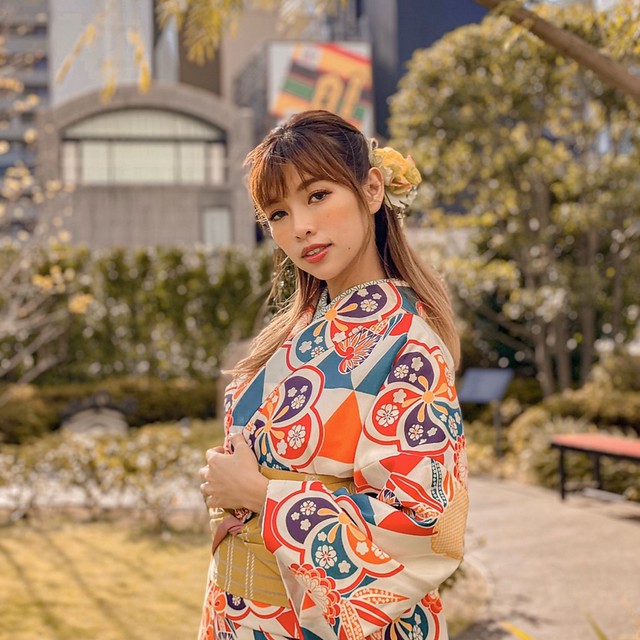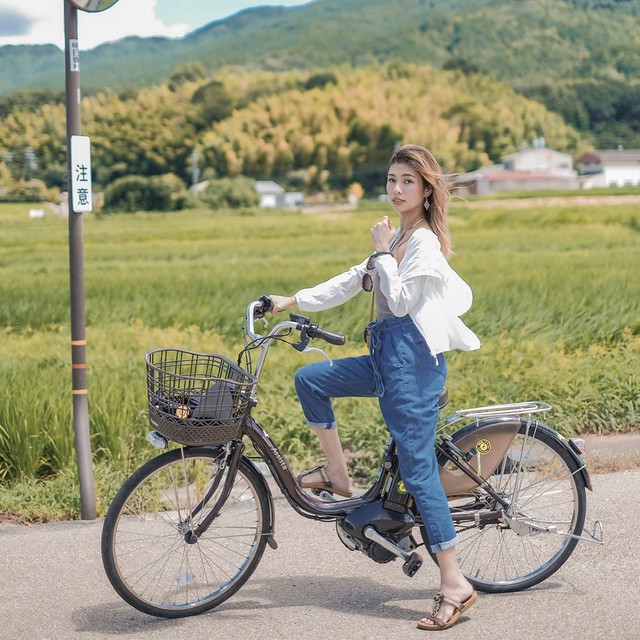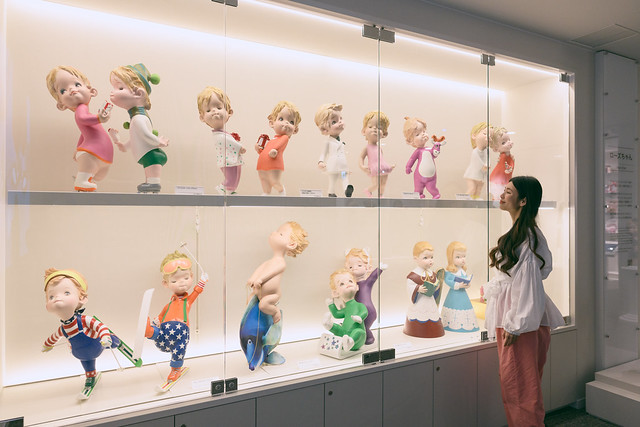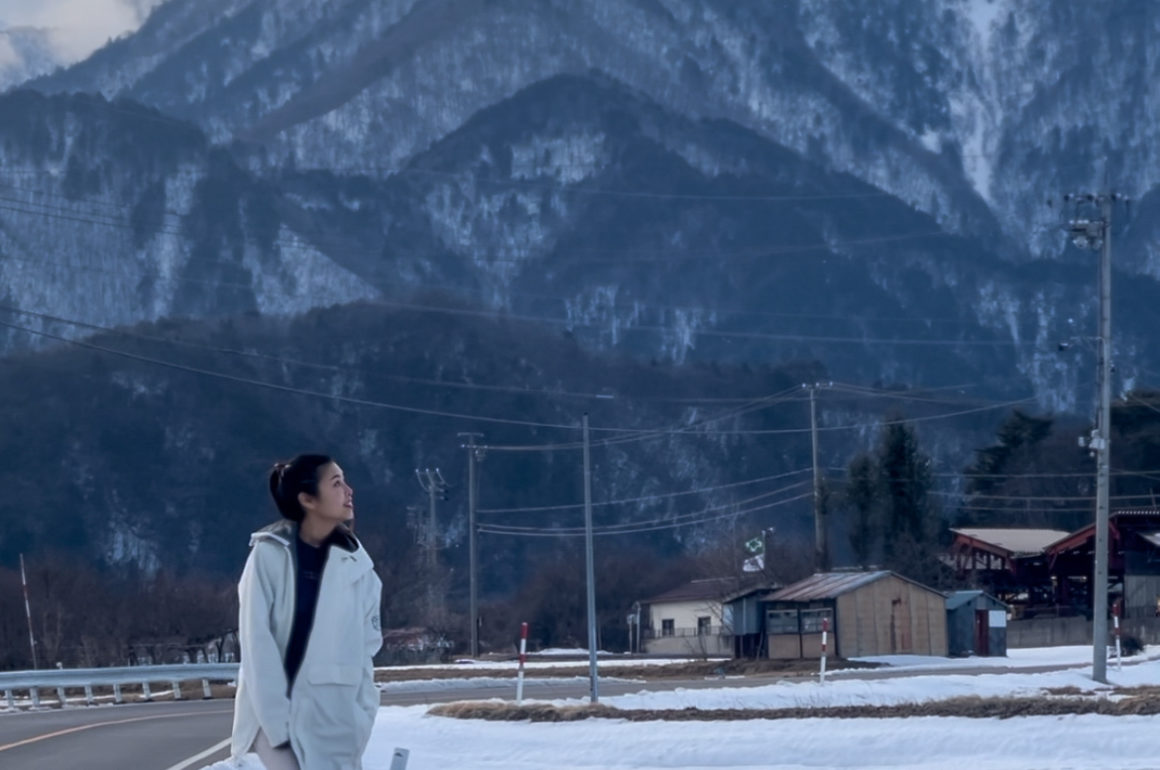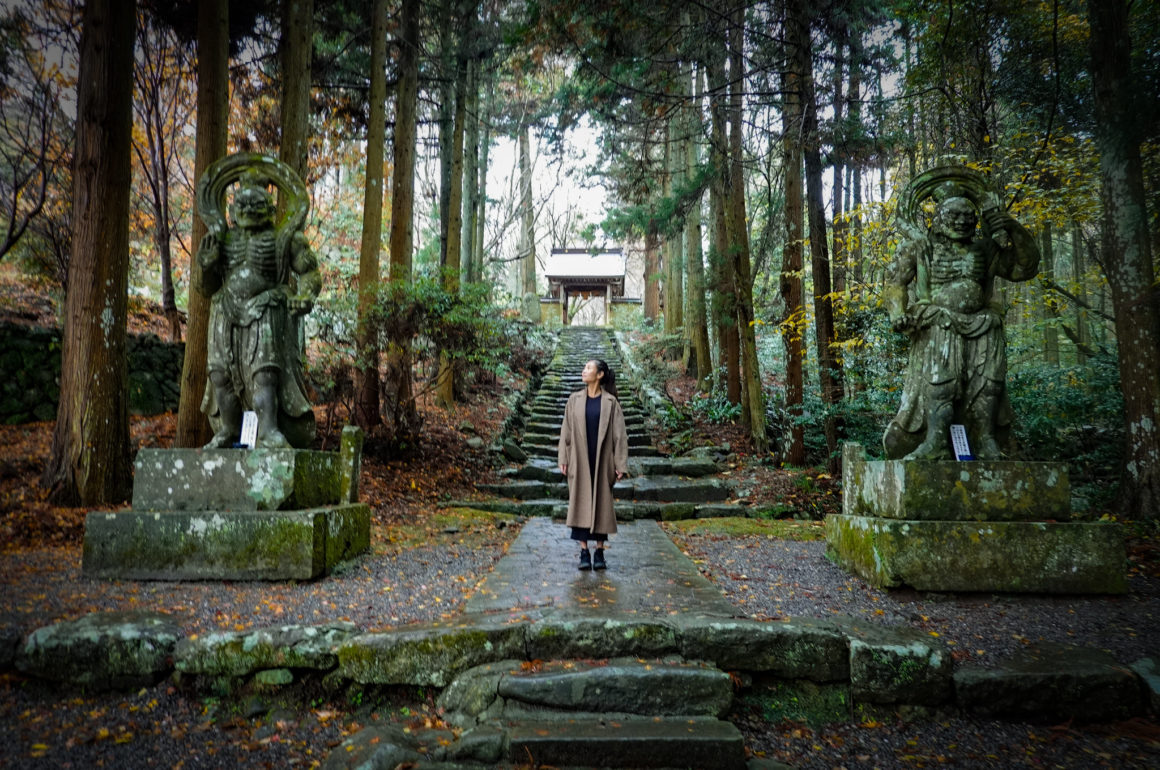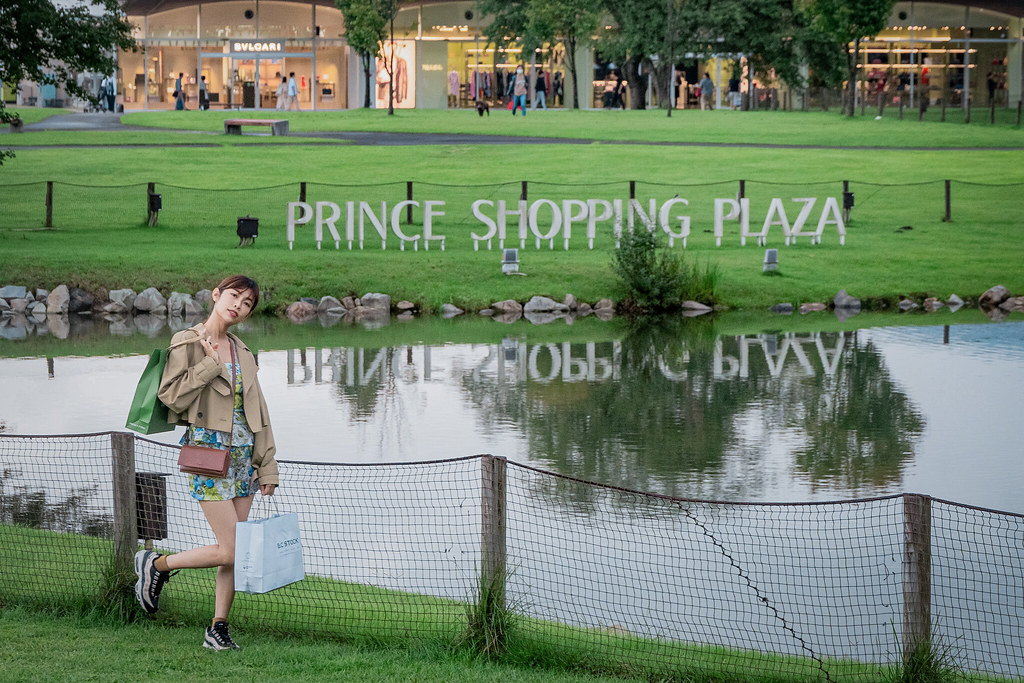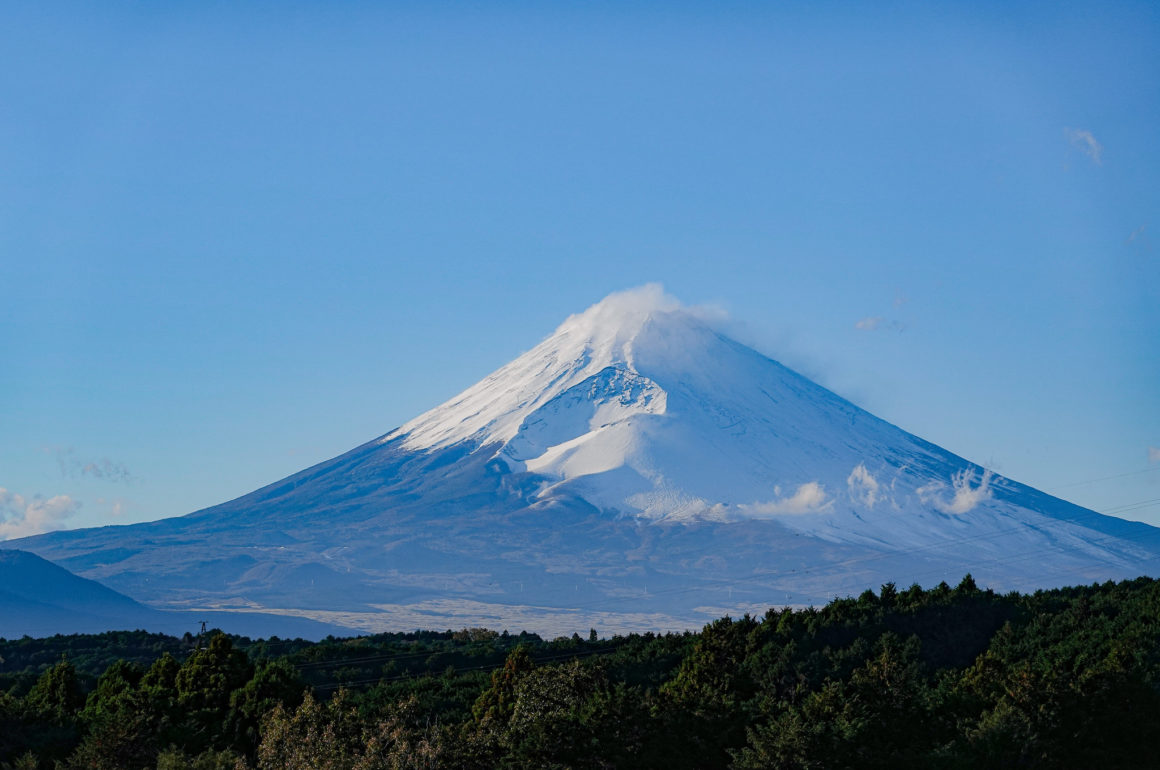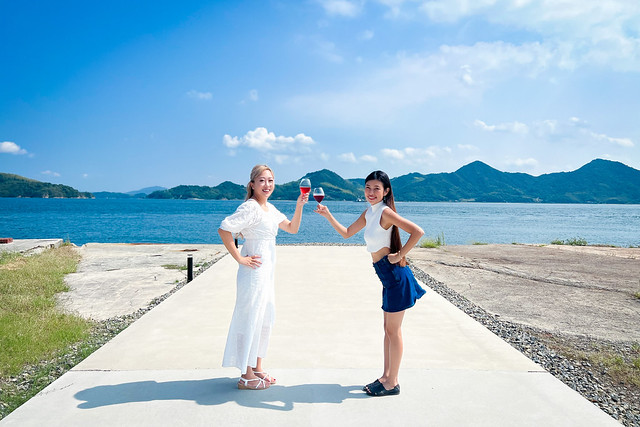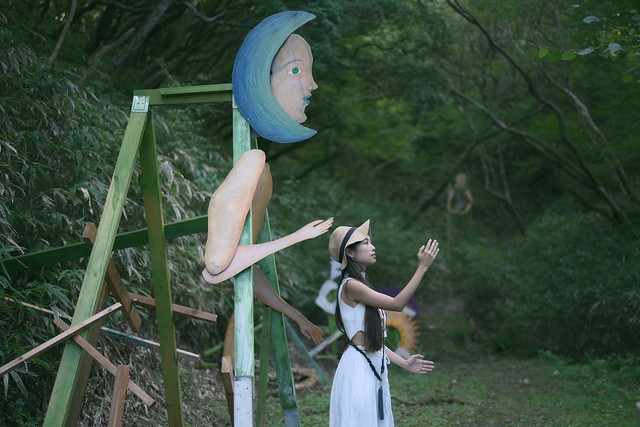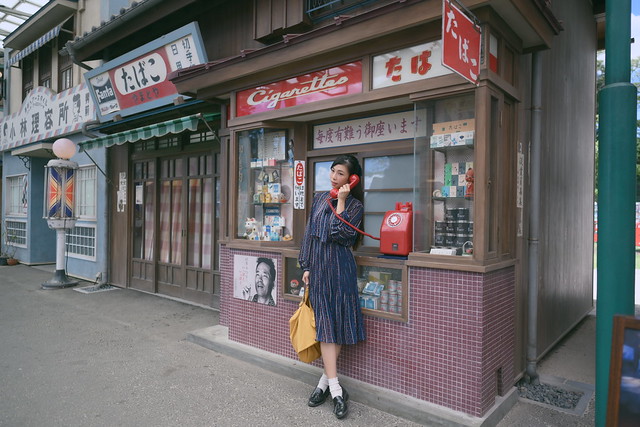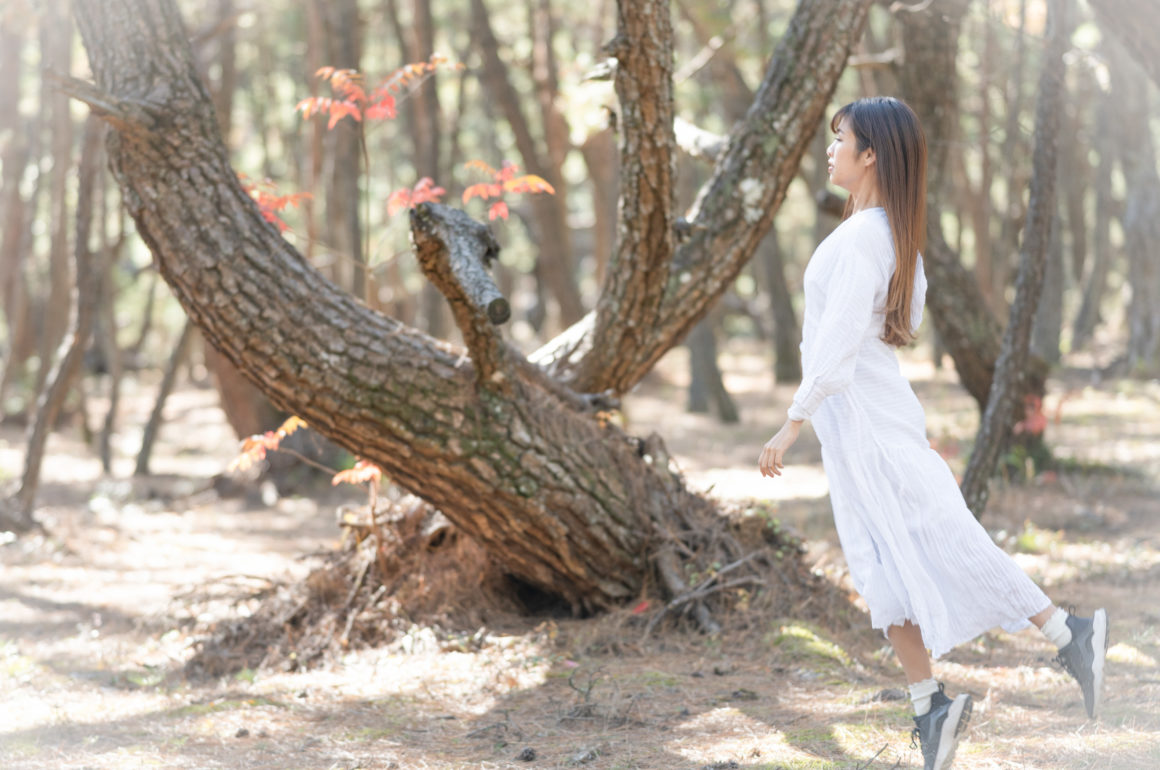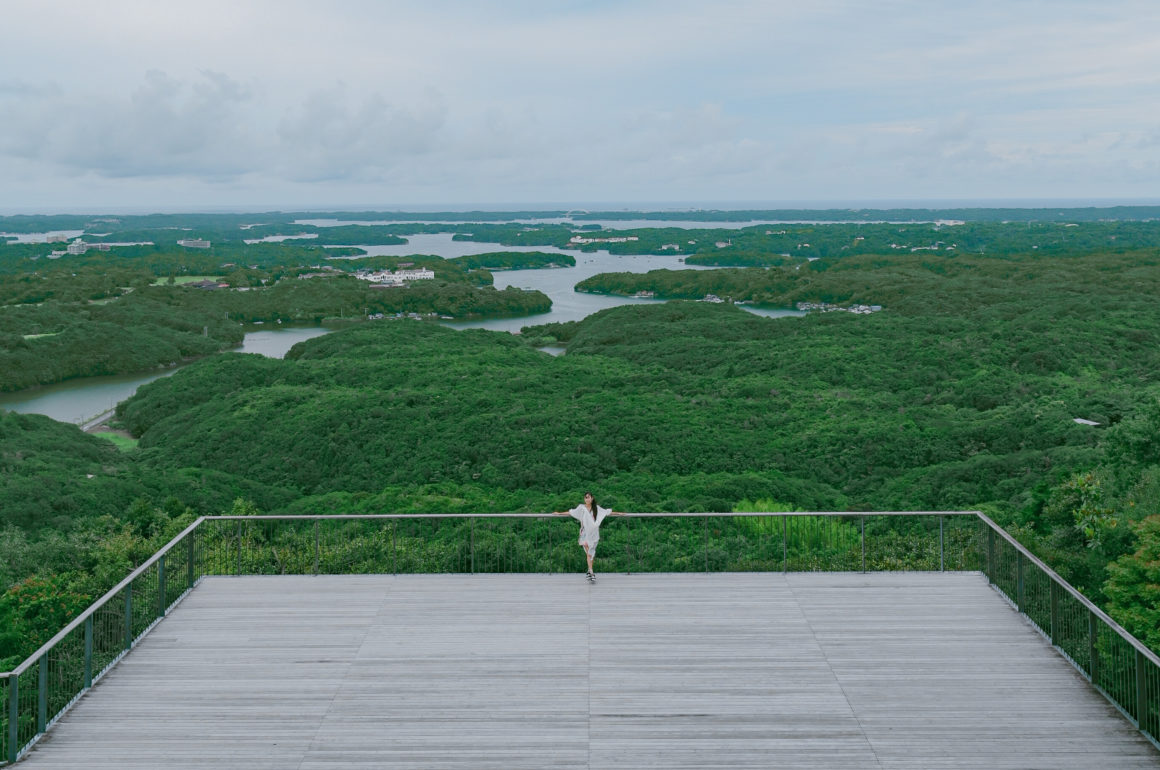Dear blog, happy 19th birthday.
(There’s a photo only because each post requires a thumbnail photo.)
There’s no photo for this 19th anniversary post. It’s kinda like how your nineteen-year-old offspring is probably not even there to celebrate their birthday with you so there isn’t any picture to be taken to begin with.
Things feel like they fall apart so that they can be put back together so that they can fall apart again so that they can be put back together again… and so on and so forth. I think that’s how things work, generally. Like buildings that are torn down to give way to new developments, regardless if the new developments are better or the city or worse. Things like that happen all the time.
I think I have written about all these so many times that I feel like I am just plagiarising myself. Even the previous sentence feels like self plagiarism. Which is probably the only thing I’m good at at this point.
The past year whizzed by like Hayabusa you can’t even turn your head in time to catch it.
When this post is being published I have vanished into the mountains for a few days to disconnect and reconnect. Hopefully I will come back alive and stronger.
I have come to accept that healing is not something you do once and then be done with, but a life-long journey. Sometimes it can feel like you have tasted every single colors of the rainbow and you are so done with it, although you know that there’s an infinite amount of other subtle hues in between the spectrum you have never seen before. But especially because you know that colors inherently don’t exist and are just mere perception and the psychedelic kaleidoscope is getting too head-spinningly dizzying and you just want to close your eyes for a little while.
Sometimes it can feel like you have finally sailed to the other side of the wave where things are calm and you are full of hope because now you can see the little island within reach and because now you build yourself a little escape raft and have learn how to flow with the tide and fish and you are just so happy to have fresh sashimi on your spear.
Sometimes it can feel like the deep hurt you so nourishingly tended to has never really gone away even during times when multiple glittery rainbows are hanging in the sky, except that the hurt is just more numb than ever. Like the feeling you get when the pain killer is slowly wearing off after you pulled out your tooth at the dentist and now you are feeling this annoying tingling sensation you know is pain in disguise that will imminently resurface again.
Sometimes you are just sitting there thinking what’s the lesson for you this life time. Is it to be less greedy, or to be more grateful; to try harder, or to try lesser, or that it is time you turn into a tree…
Sometimes things get so heavy it feels like a dense, dark cloud lingering inside of your entire being slowly smothering your ikigai.
Sometimes you feel like you just want to close your eyes now for a lot longer, maybe until you can spawn on another star which doesn’t know hurt.
But sometimes like Himi from Miyazaki’s final movie “How Do You Live” (also called “The Boy and the Heron” later, but I much prefer the original title), you know that everything will be worth it. You just do. And you pull yourself up to do it over and over and over again.
These feelings happen one after another over and over again, in no particular order and for an unpredicted amount of duration and all you can do is to accept them and see where they bring you.
That really is all there is to do.
And also because now that you have done it for 19 years, you know that you will be able to do it for at least a little longer.


